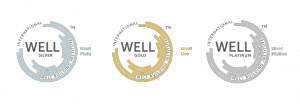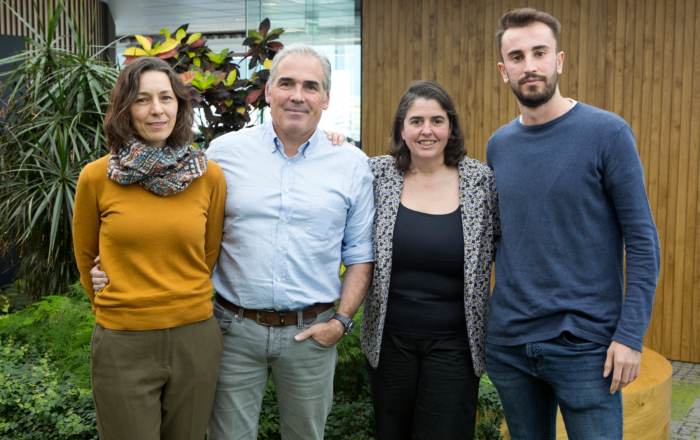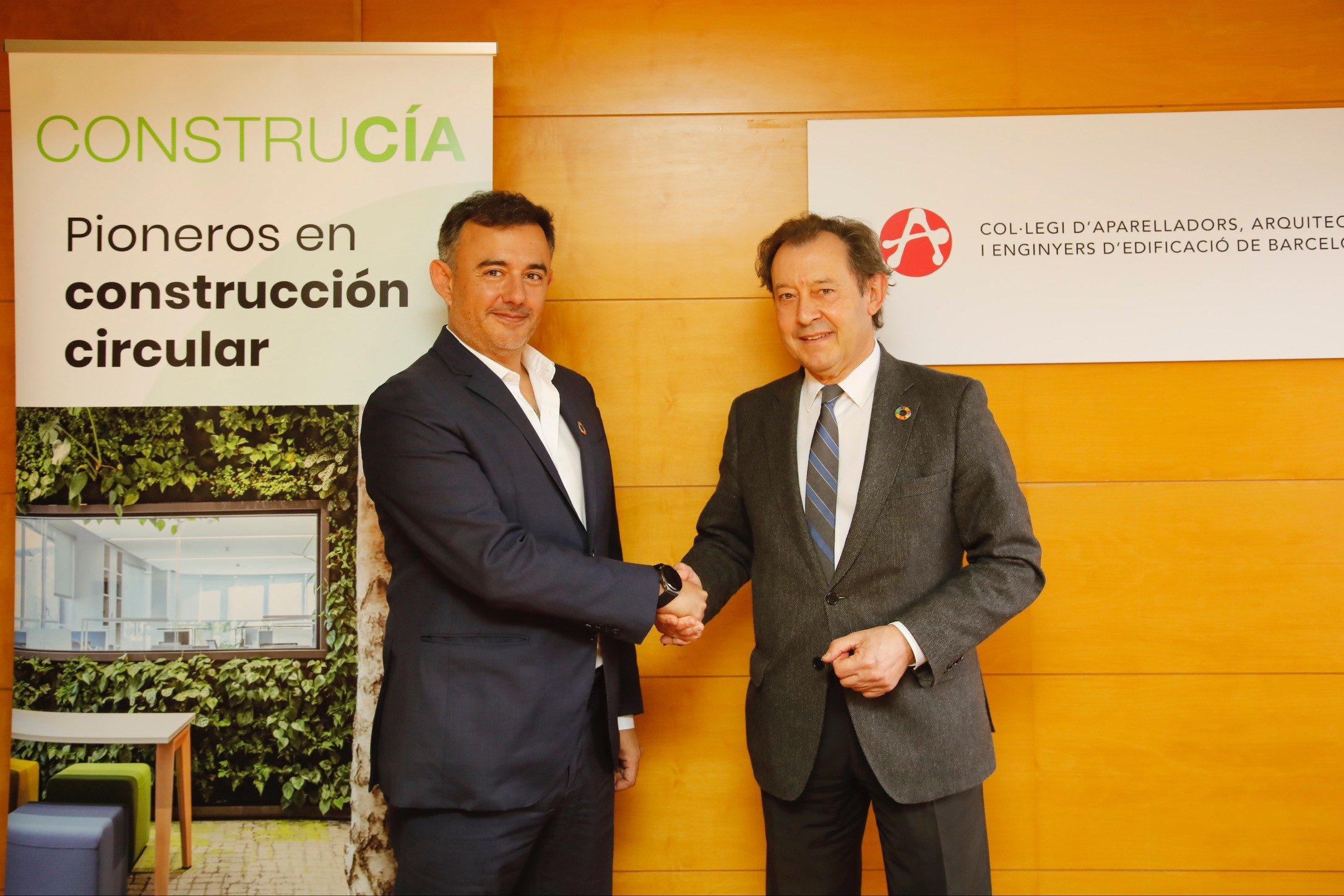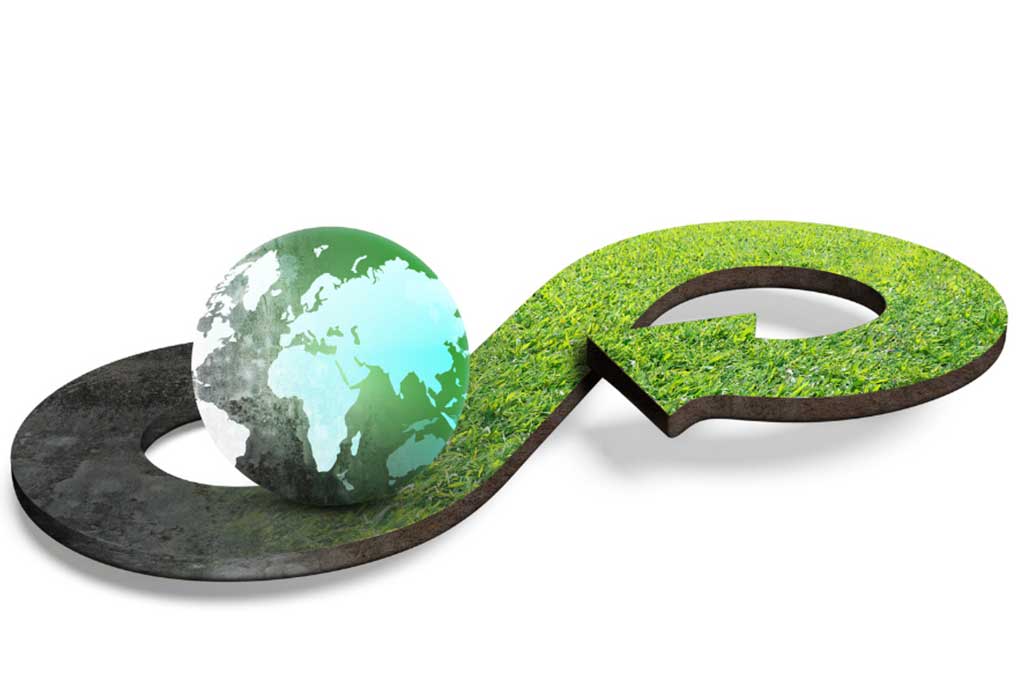LEED
Leadership in Energy & Environmental Design. This means that the building or project referred to is built with standards of eco-efficiency and complies with the requirements of sustainability. It rewards the use of sustainable strategies in all processes of construction of the building, from the adaptation of the plot where it is located, to the efficiency of the use of water and energy, the selection of sustainable materials and providing indoor environmental quality. This system offers, in addition to the certification of the building, accreditation of professionals, to whom sustainability training is provided.
The number of points obtained by the project determines the level of LEED certification that the project will receive. The LEED certification is available in four progressive levels in accordance with the following scale:
- LEED Certificate
- LEED Silver
- LEED Gold
- LEED Platinum
There is a base of 100 points; in addition to 6 possible points in Innovation in design and 4 points in regional Priority.

BREEAM
Building Research Establishment Environmental Assessment Methodology is the method of evaluation and certification of sustainability of the most technically advanced and world-leading building with +20 years in the market and +541,000 certified buildings in 77 countries since its first version in 1990.
It evaluates impacts in 10 categories:
Management, Health and Well-being, Energy, Transport, Water, Materials, Waste, Ecological use of the soil, Contamination and Innovation.
And it awards a final rating after applying an environmental weighting factor that takes into account the relative importance of each area of impact.

LEESMAN INDEX
Leesman is a leading company in measuring workplace efficiency, with auditing services that make it possible to have deep insight into the extent to which work environments support the productive work activities of the employees they accommodate.
WELL
Considered the first certification of the world centred exclusively on the health and well-being of humans. A project certified WELL has the potential to add effective value to the health, the well-being and the happiness of the occupants of the building. It can also generate higher savings and productivity, as well as a significant return on the investment for the tenant and the owner of the building. It is a system based on the performance of certain measurable functions for the certification of the built environment, that have direct impact on health and well-being, through air, water, light, food, exercise, comfort and the mind.
- Silver level certification is achieved on satisfying 100 % of the WELL prerequisites applicable to its type and in all items.
- Gold level certification is achieved on complying with all the WELL prerequisites, as well as 40 percent or more for the Optimization Characteristics.
- Platinum level certification is achieved fulfilling all the WELL prerequisites, plus 80% percent or more for the Optimization Characteristics.
VERDE
The objective of VERDE tools is to provide a methodology for evaluation of the sustainability of buildings. The evaluation criteria are grouped in different subject areas: selection of the site, location and planning project, quality of indoor space, energy and atmosphere, service quality, natural resources and socioeconomic impact.

































































